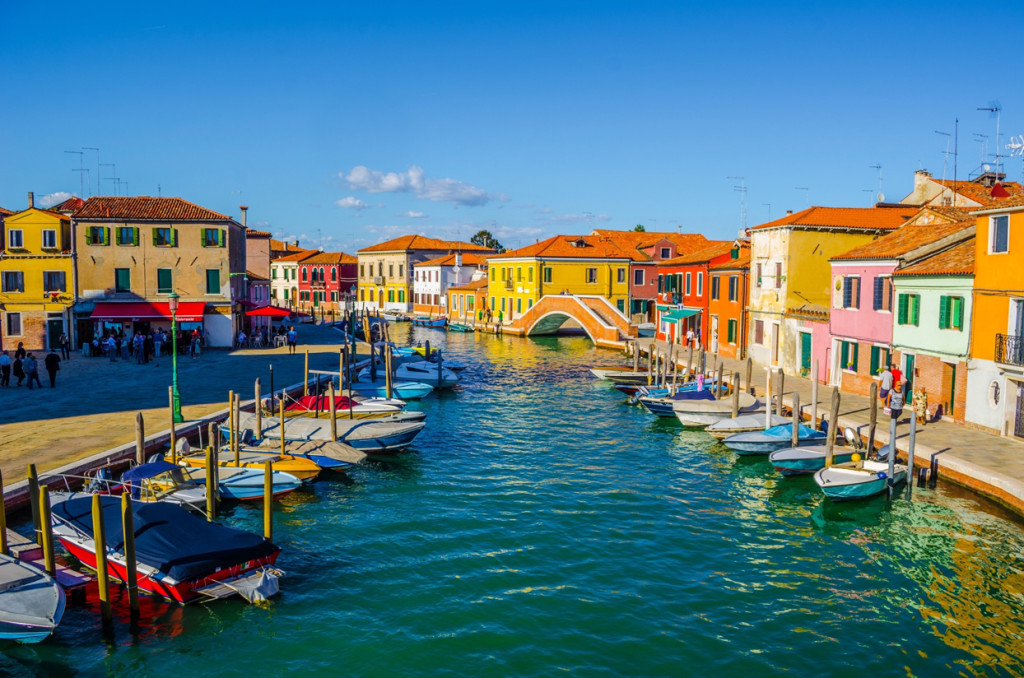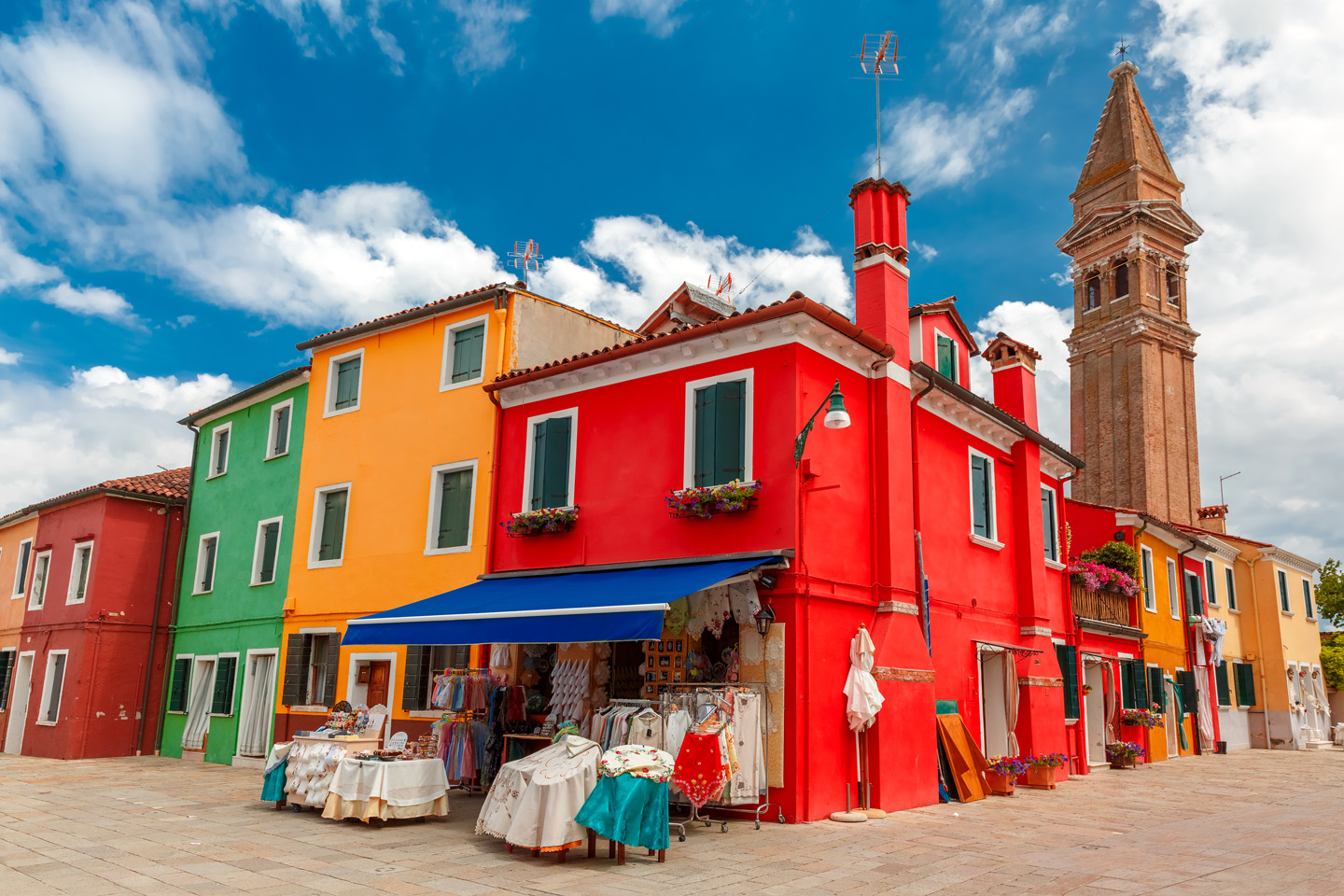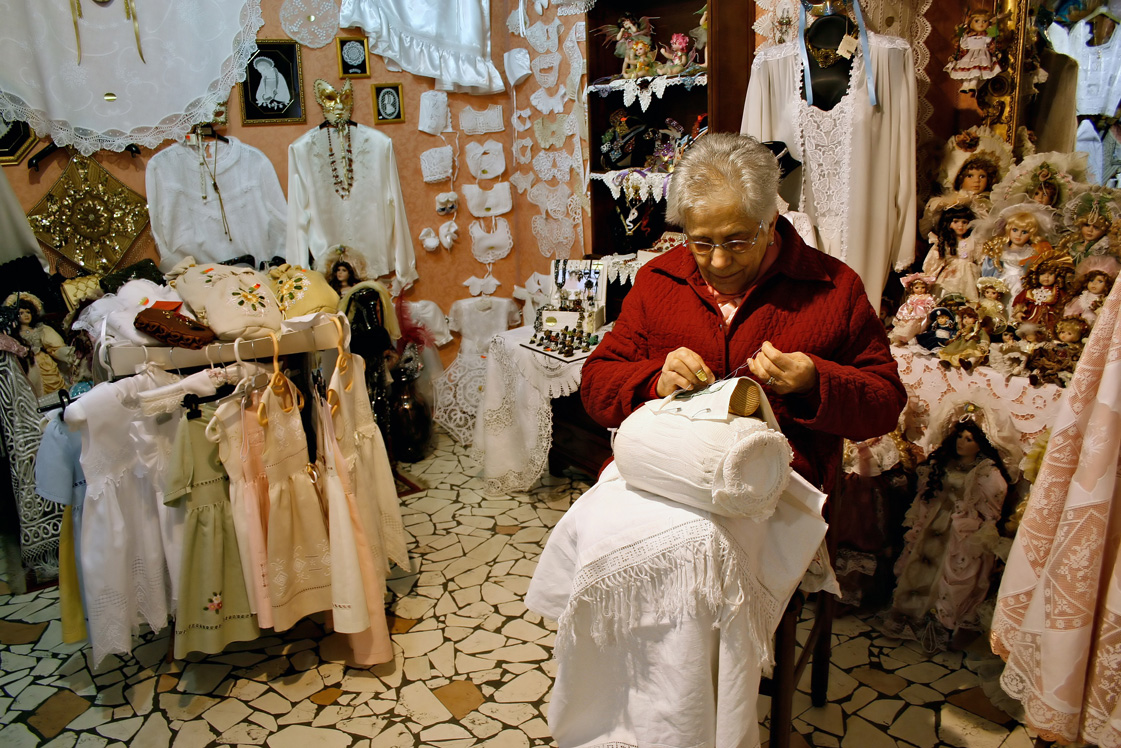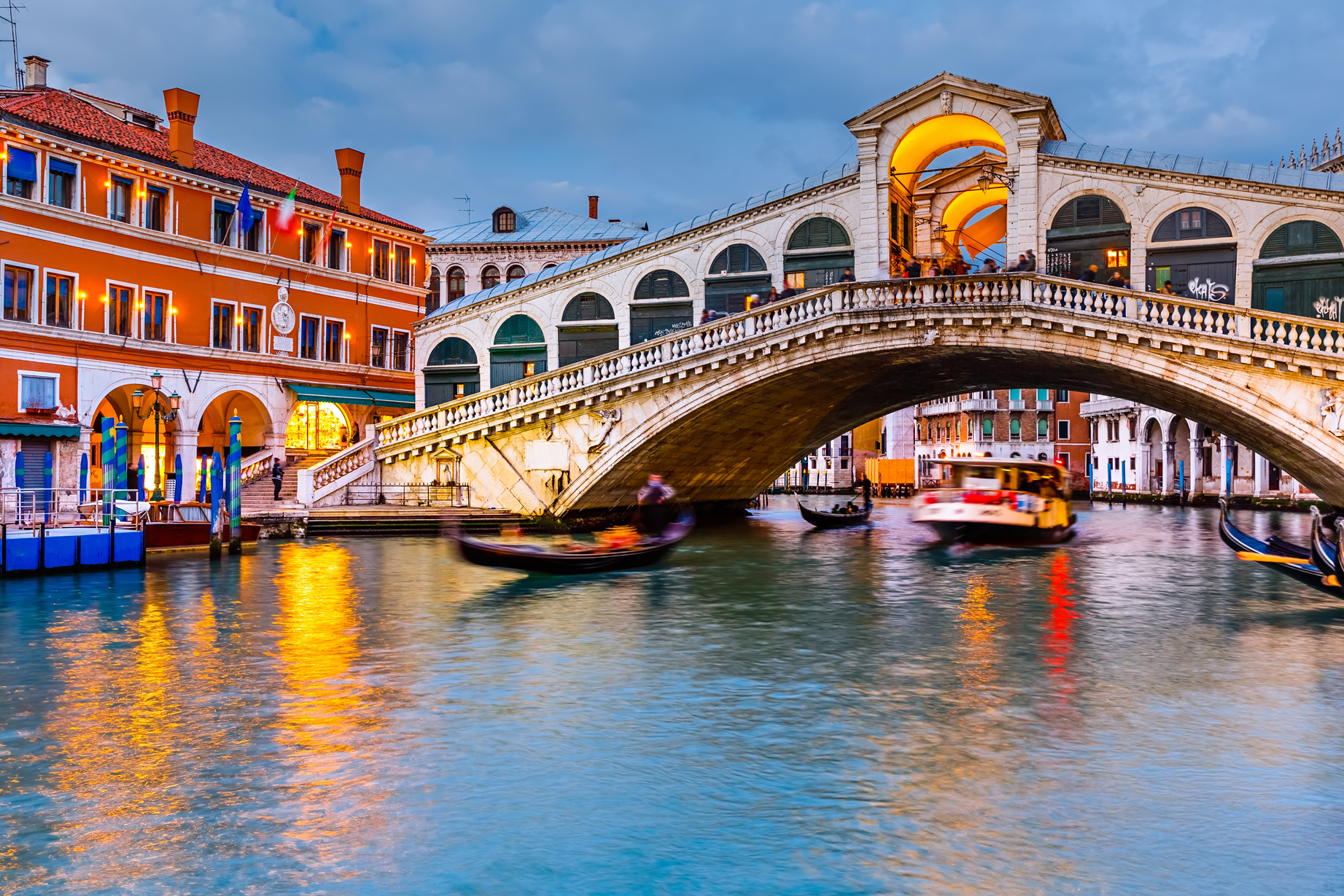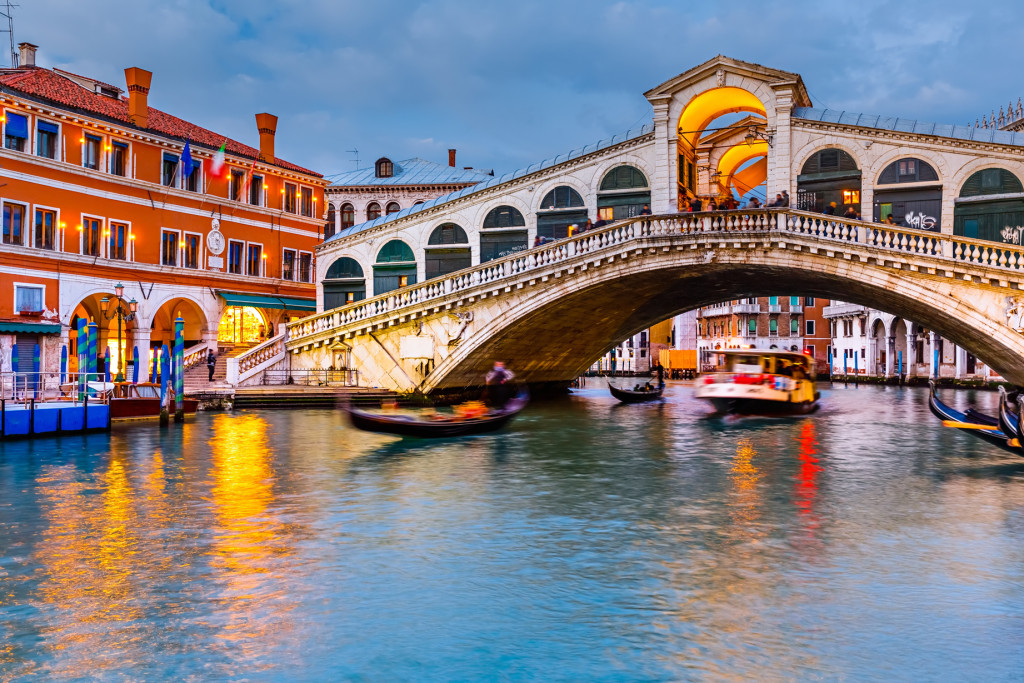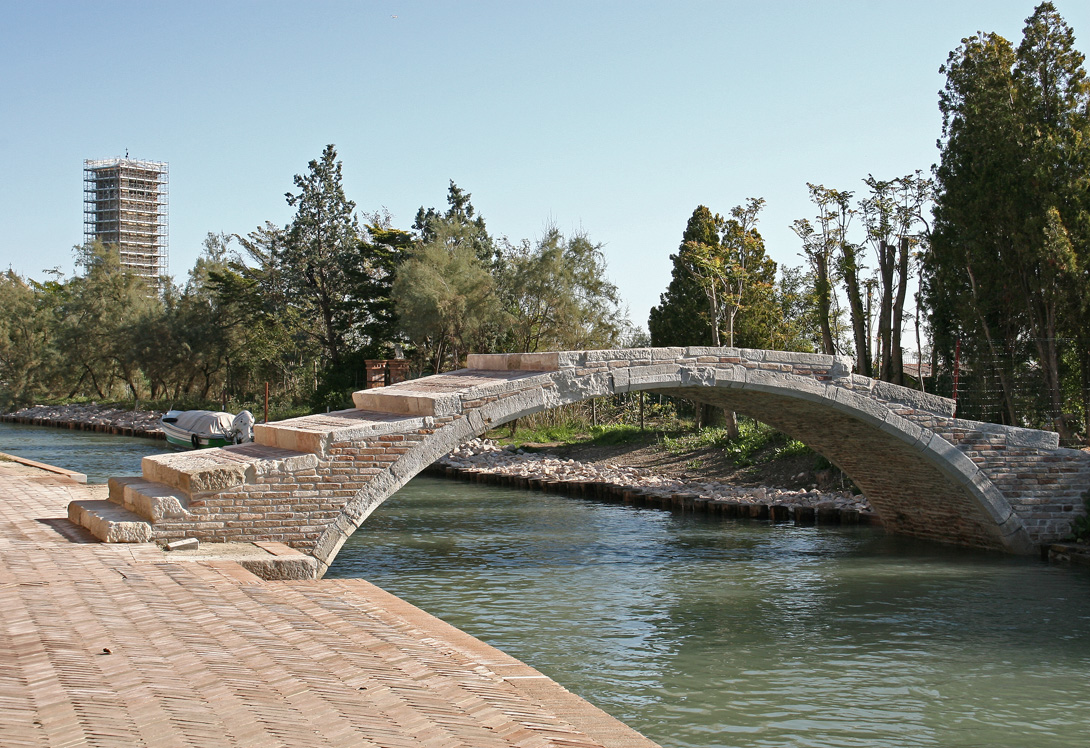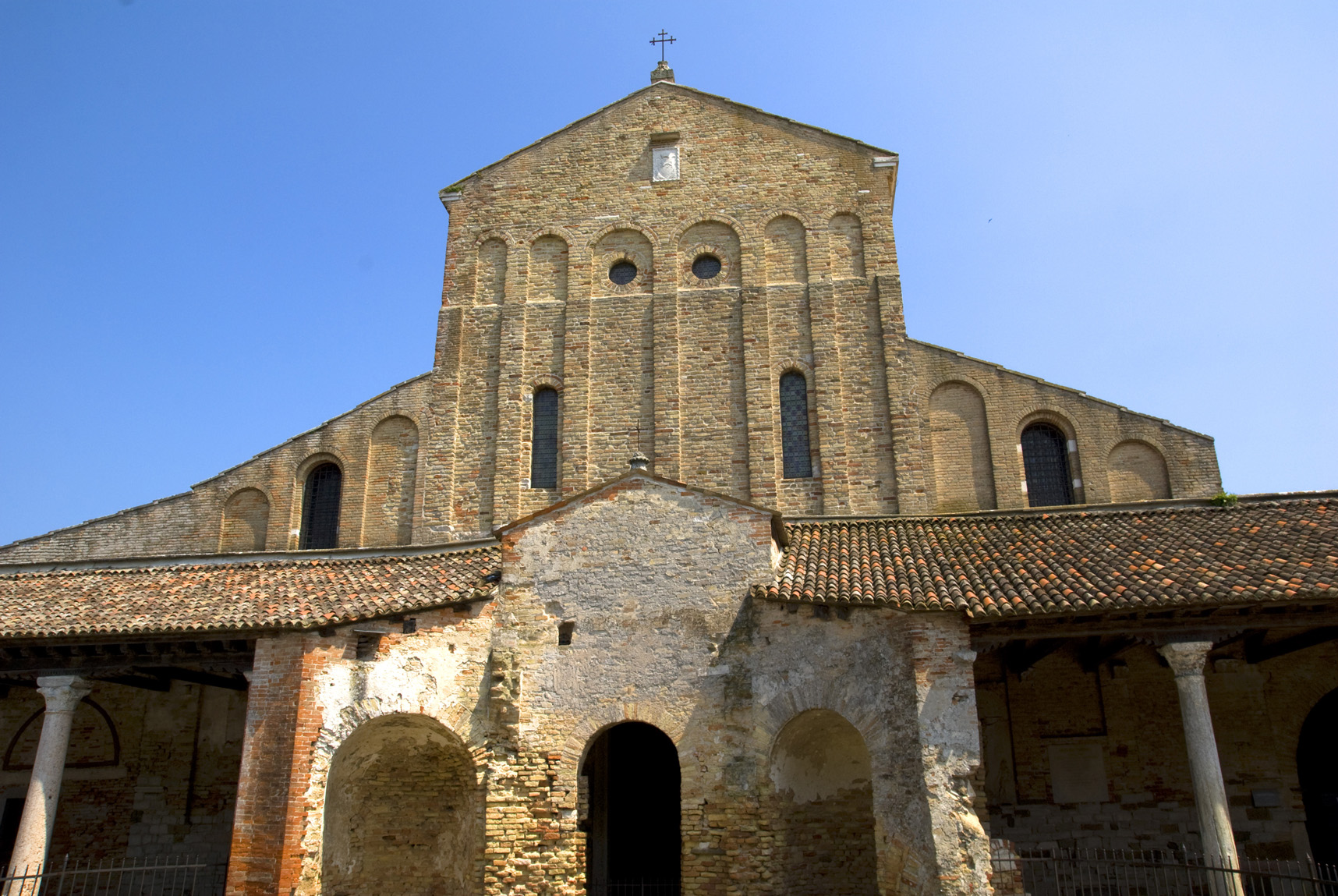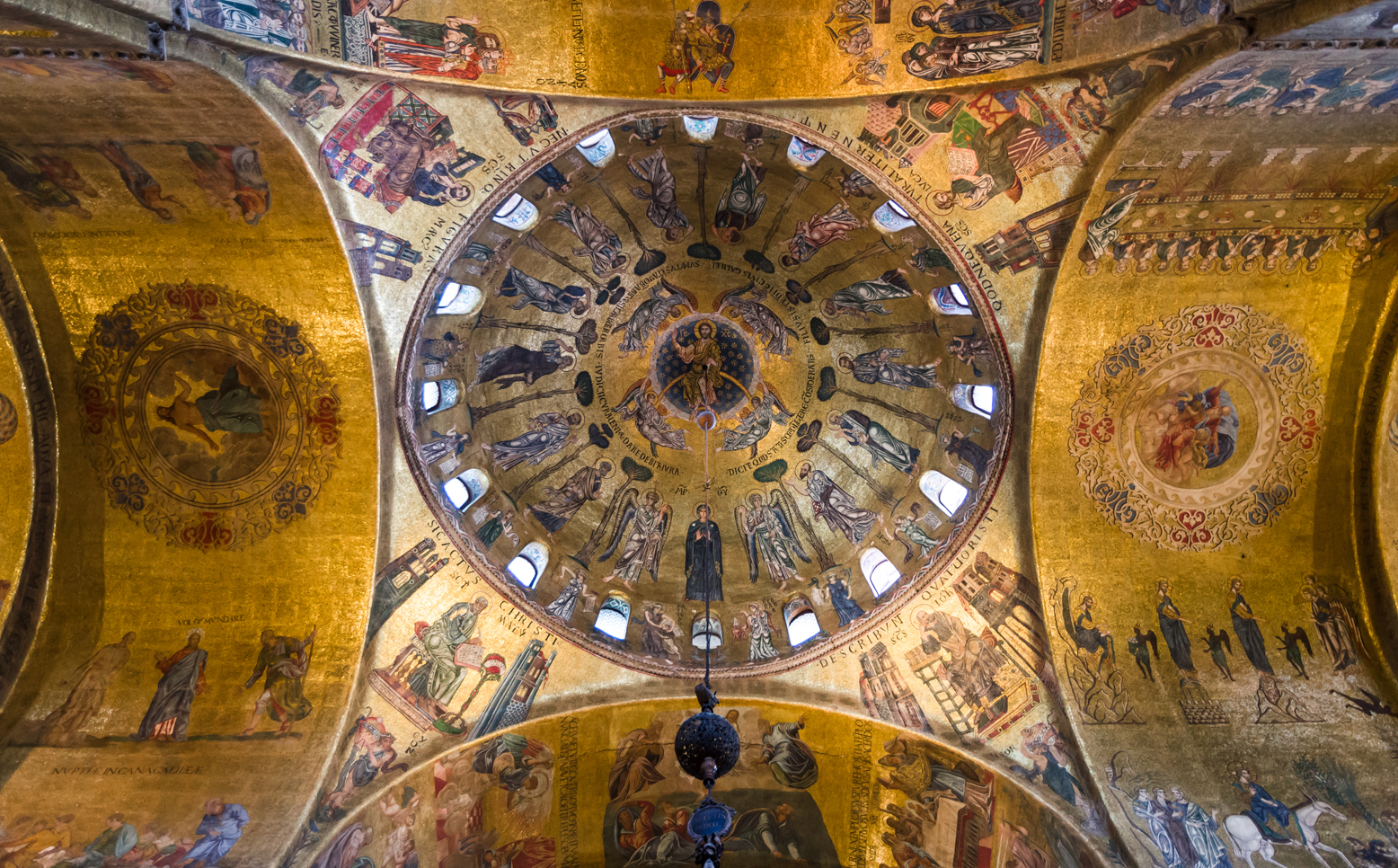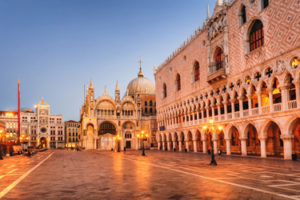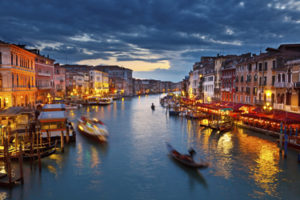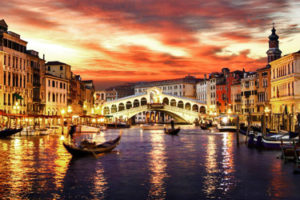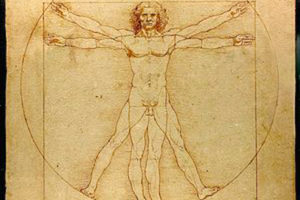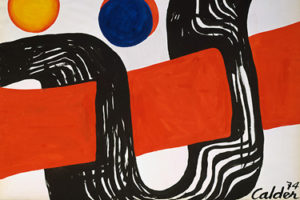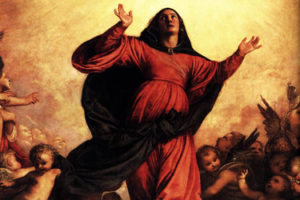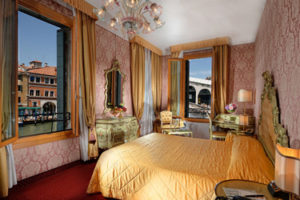The Gallerie dell’Accademia in Venice is one of the most important Italian museums. It hosts an extraordinary collection of Venetian works from 1300 to 1700: there are works by Bellini, Giorgione, Carpaccio, Tiziano, Tiepolo, Hayez, Longhi, Tintoretto and Veronese.
Here is preserved the famous Vitruvian Man drawing by Leonardo da Vinci. The complex where the museum is housed, is an extraordinary work of architecture formed by the Church of Santa Maria dellaCarità, the Convento dei Canonici Lateranensi and the great School of Charity.
Works saved from the French and Austrian raids
Founded in 1750 with educational purposes, the Academy of Fine Arts was the art school in Venice. Like other Italian Academies (Brera and Bologna), the Academy also had the task of collecting and preserving works of art as example and inspiration for students. With the fall of the Venetian Republic and the invasion by the French troops of Napoleon Bonaparte in 1797, religious orders were abolished and many churches were raided. Many masterpieces were sent to the Louvre in Paris and another part was sent to the Academy Gallery of Fine Arts of Brera in Milan. Other works were lost and was sold to private individuals. It was in this context that Gallery Accademyof Fine Arts became a defence against further Venetian works theft
With a Napoleonic decree in 1807, it was founded the Academy of Fine Arts in Venice (evolution of the existing Academy of Painters and Sculptors already active since 1750) which is housed in the complex of Charity.
After a first attempt to collect representative works of the greatest Italian and foreign schools of painting, it was decided to give priority to the Venetian artistic production: nowadays Galleriedell’Accademiaare the most important collection of masterpieces of Venetian school.
Galleria dell’Accademia’s works
Since 2004 the whole complex is dedicated to works of art. In 12 halls are collected all the paintings that over the centuries have been purchased by the museum, donated by collectors or recovered from churches. Since the 1800are part of the collection the Feast in the House of Levi by Paolo Veronese, the Lion Polyptych by Lorenzo Veneziano with the Annunciation, the Paradise of Giambono and triptychs of Alberegno and Jacobello del Fiore, the San Girolamo by Pierodella Francesca and Virgin between two Saints by Bellini, the Madonna of small trees, Madonna with the Child by Giovanni Bellini and the Venetian scenes by Pietro Longhi. In 1822, fromthe graphic collection of Giuseppe Bossi – arrived the famous Vitruvian Man and from the Emperor Francis Joseph the St. George by Mantegna, the Portrait of a young man by Memling and Old Lady by Giorgione. After the annexation to the Italian State it was added to the collection the Tempest by Giorgione.

Timetables, tickets and other information for the Galleriedell’Accademia
Where: Canal Grande, close to Ponte dell’Accademia
How to get there: by feet about 30-40 minutes from Piazzale Roma (Parking) or from Venice Saint Lucia railway station.
From Piazzale Roma or train station: ferry boat 2, direction Lido, Accademia stop (6 stops, 20 minutes); Ferry boat No. 1, direction Lido, Accademia stop (11 stops, 28 minutes)
From St. Mark’s Square: ferry boat line 2, towards P. Roma, the Accademia stop (3 stops, 8 minutes); Ferry boat No. 1, towards P. Roma, Accademia stop (3 stops, 8 minutes)
When:
The Museum of the Gallerie dell’Accademia is open at the following times:
Monday from 8.15 am to 2.00 pm (last entry 1.00 pm ).
Tuesday to Sunday from 8.15 am to 7.15 pm (last entry at 6.15 pm).
Full closing days: January 1st, May 1st, December 25th
Ticket: Galleries + Grimani Building:
Full price: € 9
Reduced: € 6

